Effect of Two Different Ageing Exposures on the Colour Stability of Transparent Polyurethane Finishing
Abstract
:1. Introduction
2. Materials and Methods
2.1. Materials
2.2. Ageing Exposures
2.3. Evaluation of Colour Change
2.4. Statistical Evaluation
3. Results and Discussion
4. Conclusions
Author Contributions
Funding
Institutional Review Board Statement
Data Availability Statement
Acknowledgments
Conflicts of Interest
References
- Delebecq, E.; Pascault, J.; Boutevin, B.; Ganachaud, F.F. On the versatility of urethane/urea bonds: Reversibility, blocked. Chem. Rev. 2013, 113, 80–118. [Google Scholar] [PubMed]
- Wilkes, L. Structure property studies of polyester-and polyether-based mdi-bd segmented polyurethanes: Effect of one- vs. two-stage polymerization conditions. J. Appl. Polym. Sci. 1984, 29, 2695–2711. [Google Scholar]
- Ionescu, M. Chemistry and Technology of Polyols for Polyurethanes, 1st ed.; Livesey Ltd.: Shawbury, UK; Shrewsbury, UK; Shropshire, UK, 2005; 557p. [Google Scholar]
- Paraskar, P.M.; Prabhudesai, M.S.; Hatkar, V.M.; Kulkarni, R.D. Vegetable oil based polyurethane coatings—A sustainable approach: A review. Prog. Org. Coat. 2021, 156, 106267. [Google Scholar]
- Scrinzi, E.; Rossi, S.; Deflorian, F.; Zanella, C. Evaluation of aesthetic durability of waterborne polyurethane coatings applied on wood for interior applications. Prog. Org. Coat. 2011, 72, 81–87. [Google Scholar]
- Delpech, M.C.; Coutinho, F.M. Waterborne anionic polyurethanes and poly (urethane-urea) s: Influence of the chain extender on mechanical and adhesive properties. Polym. Test. 2000, 19, 939–952. [Google Scholar]
- Chattopadhyay, D.K.; Raju, K.V.S.N. Structural engineering of polyurethane coatings for high performance applications. Prog. Polym. Sci. 2007, 32, 352–418. [Google Scholar]
- Osterhold, M.; Wagner, G. Methods for characterizing the mar resistance. Prog. Org. Coat. 2002, 45, 365–371. [Google Scholar]
- Rafiee, Z.; Keshavarz, V. Synthesis and characterization of polyurethane/microcrystalline cellulose bionanocomposites. Prog. Org. Coat. 2015, 86, 190–193. [Google Scholar]
- Calovi, M.; Rossi, S. From wood waste to wood protection: New application of black bio renewable water-based dispersions as pigment for bio-based wood paint. Prog. Org. Coat. 2023, 180, 107577. [Google Scholar]
- Das, A.; Mahanwar, P. A brief discussion on advances in polyurethane applications. Adv. Ind. Eng. Polym. Res. 2020, 3, 93–101. [Google Scholar]
- Calovi, M.; Coroneo, V.; Palanti, S.; Rossi, S. Colloidal silver as innovative multifunctional pigment: The effect of Ag concentration on the durability and biocidal activity of wood paints. Prog. Org. Coat. 2023, 175, 107354. [Google Scholar]
- Bergamasco, S.; Tamantini, S.; Zikeli, F.; Vinciguerra, V.; Scarascia Mugnozza, G.; Romagnoli, M. Synthesis and characterizations of eco-friendly organosolv lignin-based polyurethane coating films for the coating industry. Polymers 2022, 14, 416. [Google Scholar] [PubMed]
- Peng, Y.; Wang, Y.; Chen, P.; Wang, W.; Cao, J. Enhancing weathering resistance of wood by using bark extractives as natural photostabilizers in polyurethane-acrylate coating. Prog. Org. Coat. 2020, 145, 105665. [Google Scholar]
- Yan, X.; Qian, X.; Lu, R.; Miyakoshi, T. Comparison and optimization of reactive dyes and coating performance on Fraxinus mandshurica Veneer. Polymers 2018, 10, 1302. [Google Scholar]
- Rosu, R.; Bodîrlau, C.; Teaca, A.; Rosu, L.; Varganici, C.D. Epoxy and succinic anhydride functionalized soybean oil for wood protection against UV light action. J. Clean. Prod. 2016, 112, 1175–1183. [Google Scholar]
- Capobianco, G.; Calienno, L.; Pelosi, C.; Scacchi, M.; Bonifazi, G.; Agresti, G.; Picchio, R.; Santamaria, U.; Serranti, S.; Monaco, A.L. Protective behaviour monitoring on wood photo-degradation by spectroscopic techniques coupled with chemometrics. Spectrochim. Acta Part A Mol. Biomol. Spectrosc. 2017, 172, 34–42. [Google Scholar]
- Grüneberger, F.; Künniger, T.; Huch, A.; Zimmermann, T.; Arnold, M. Nanofibrillated cellulose in wood coatings: Dispersion and stabilization of ZnO as UV absorber. Prog. Org. Coat. 2015, 87, 112–121. [Google Scholar]
- Bulian, F.; Graystone, J.A. Wood Coatings—Theory and Practice; Elsevier: Amsterdam, The Netherlands, 2009; 319p. [Google Scholar]
- Evans, P.D.; Thay, P.D.; Schmalz, K.J. Degradation of wood surfaces during natural weathering. Effects on lignin and cellulose and on the adhesion of acrylic latex primers. Wood Sci. Technol. 1996, 30, 411–422. [Google Scholar]
- Slabejová, G.; Šmidriaková, M. Colour of thermally modified wood finished with transparent coatings. Trieskové A Beztrieskové Obrábanie Dreva (Chip Chipless Woodwork. Process.) 2020, 12, 97–102. [Google Scholar]
- Zahri, S.; Belloncle, C.; Charrier, F.; Pardon, P.; Quideau, S.; Charrier, B. UV light impact on ellagitannins and wood surface colour of Europena oak (Quercus petraea and Quercus robur). Appl. Surf. Sci. 2007, 253, 4985–4989. [Google Scholar]
- Chang, T.C.; Chang, H.T.; Wu, C.L.; Chang, S.T. Influences of extractives on the photodegradation of wood. Polym. Degrad. Stab. 2010, 95, 516–521. [Google Scholar]
- Pandey, K.K. Study of the effect of photo-irradiation on the surface chemistry of wood. Polym. Degrad. Stab. 2005, 90, 9–20. [Google Scholar]
- Timar, M.C.; Varodi, A.M.; Gurău, L. Comparative study of photodegradation of six wood species after short-time UV exposure. Wood Sci. Technol. 2016, 50, 135–163. [Google Scholar]
- Dudiak, M.; Dzurenda, L. Changes in the physical and chemical properties of alder wood in the process of thermal treatment with saturated water steam. Coatings 2021, 11, 898. [Google Scholar]
- Dzurenda, L.; Dudiak, M.; Výbohová, E. Influence of UV radiation on the color change of the surface of steamed maple wood with saturated water steam. Polymers 2022, 14, 217. [Google Scholar] [PubMed]
- Liu, X.; Timar, M.C.; Varodi, A.M.; Nedelcu, R.; Torcătoru, M.J. Colour and surface chemistry changes of wood surfaces coated with two types of waxes after seven years exposure to natural light in indoor conditions. Coatings 2022, 12, 1689. [Google Scholar]
- Bekhta, P.; Krystofiak, T.; Lis, B.; Bekhta, N. The impact of sanding and thermal compression of wood, varnish type and artificial aging in indoor conditions on the varnished surface color. Forests 2022, 13, 300. [Google Scholar]
- Vidholdová, Z.; Slabejová, G. Colour stabilisation of surface of four thermally modified woods with saturated water vapour by finishes. Polymers 2021, 13, 3373. [Google Scholar]
- Altay, Ç.; Toker, H.; Baysal, E.; Babahan, İ. Some surface characteristics of oriental beech wood impregnated with some fire-retardants and coated with polyurea/polyurethane hybrid and epoxy resins. Maderas Cienc. Tecnol. 2022, 24. [Google Scholar] [CrossRef]
- Gündüz, A.; Baysal, E.; Türkoğlu, T.; Küçüktüvek, M.; Altay, Ç.; Peker, H.; Toker, H. Accelerated weatherıng performance of Scots Pine preimpregnated with copper based chemicals before varnish coating. Part II: Coated with water based varnish. Wood Res. 2019, 64, 987–998. [Google Scholar]
- Srinivas, K.; Pandey, K.K. Enhancing photostability of wood coatings using titanium dioxide nanoparticles. In Wood Is Good: Current Trends and Future Prospects in Wood Utilization; Springer: Singapore, 2017; pp. 251–259. [Google Scholar]
- George, B.; Suttie, E.; Merlin, A.; Deglise, X. Photodegradation and photostabilisation of wood–the state of the art. Polym. Degrad. Stab. 2005, 88, 268–274. [Google Scholar]
- Kúdela, J.; Sikora, A.; Svocák, J. Colour stability of spruce wood surface coated with a polyurethane lacquer without and with a UV absorber admixture. In XIII. Konference Pigmenty a Pojiva: Sbornik/Conference Preceedings; Chemagazín: Pardubice, Czech Republic, 2020; pp. 28–30. [Google Scholar]
- Reinprecht, L.; Tiňo, R.; Šomšák, M. The impact of fungicides, plasma, uv-additives and weathering on the adhesion strength of acrylic and alkyd coatings to the norway spruce wood. Coatings 2020, 10, 1111. [Google Scholar]
- Almutawa, F.; Vandal, R.; Wang, S.Q.; Lim, H.W. Current status of photoprotection by window glass, automobile glass, window films, and sunglasses. Photodermatol. Photoimmunol. Photomed. 2013, 29, 65–72. [Google Scholar] [PubMed]
- Serrano, M.A.; Moreno, J.C. Spectral transmission of solar radiation by plastic and glass materials. J. Photochem. Photobiol. B Biol. 2020, 208, 111894. [Google Scholar]
- Živković, V.; Arnold, M.; Radmanović, K.; Richter, K.; Turkulin, H. Spectral sensitivity in the photodegradation of fir wood (Abies alba Mill.) surfaces: Colour changes in natural weathering. Wood Sci. Technol. 2014, 48, 239–252. [Google Scholar]
- Persze, L.; Tolvaj, L. Photodegradation of wood at elevated temperature: Colour change. J. Photochem. Photobiol. B Biol. 2012, 108, 44–47. [Google Scholar]
- ISO 7724-3; Paints and Varnishes—Colorimetry—Part 3: Calculation of Colour Differences. International Organization for Standardization: Geneva, Switzerland, 1984.
- ASTM D2244-16; Standard Practice for Calculation of Color Tolerances and Color Differences from Instrumentally Measured color Coordinates. ASTM International: West Conshohocken, PA, USA, 2016.
- Cividini, R.; Travan, L.; Allegretti, O. White beech: A tricky problem in drying process. In Proceedings of the International Scientific Conference on Hardwood Processing, Quebec City, QC, Canada, 24–26 September 2007; pp. 135–140. [Google Scholar]
- Dudiak, M.; Dzurenda, L.; Kučerová, V. Effect of sunlight on the change in color of unsteamed and steamed beech wood with water steam. Polymers 2022, 14, 1697. [Google Scholar]
- Dudiak, M.; Dzurenda, L. The effect of sunlight on the color change of steamed birch wood. Acta Fac. Xylologiae Zvolen 2023, 65, 35–44. [Google Scholar]
- Kúdela, J.; Sikora, A.; Gondáš, L. Wood surface finishing with transparent lacquers intended for indoor use, and the colour resistance of these surfaces during accelerated aging. Polymers 2023, 15, 747. [Google Scholar]
- Pavlič, M.; Petrič, M.; Žigon, J. Interactions of coating and wood flooring surface system properties. Coatings 2021, 11, 91. [Google Scholar]
- Salca, E.A.; Krystofiak, T.; Lis, B.; Hiziroglu, S. Glossiness evaluation of coated wood surfaces as function of varnish type and exposure to different conditions. Coatings 2021, 11, 558. [Google Scholar] [CrossRef]
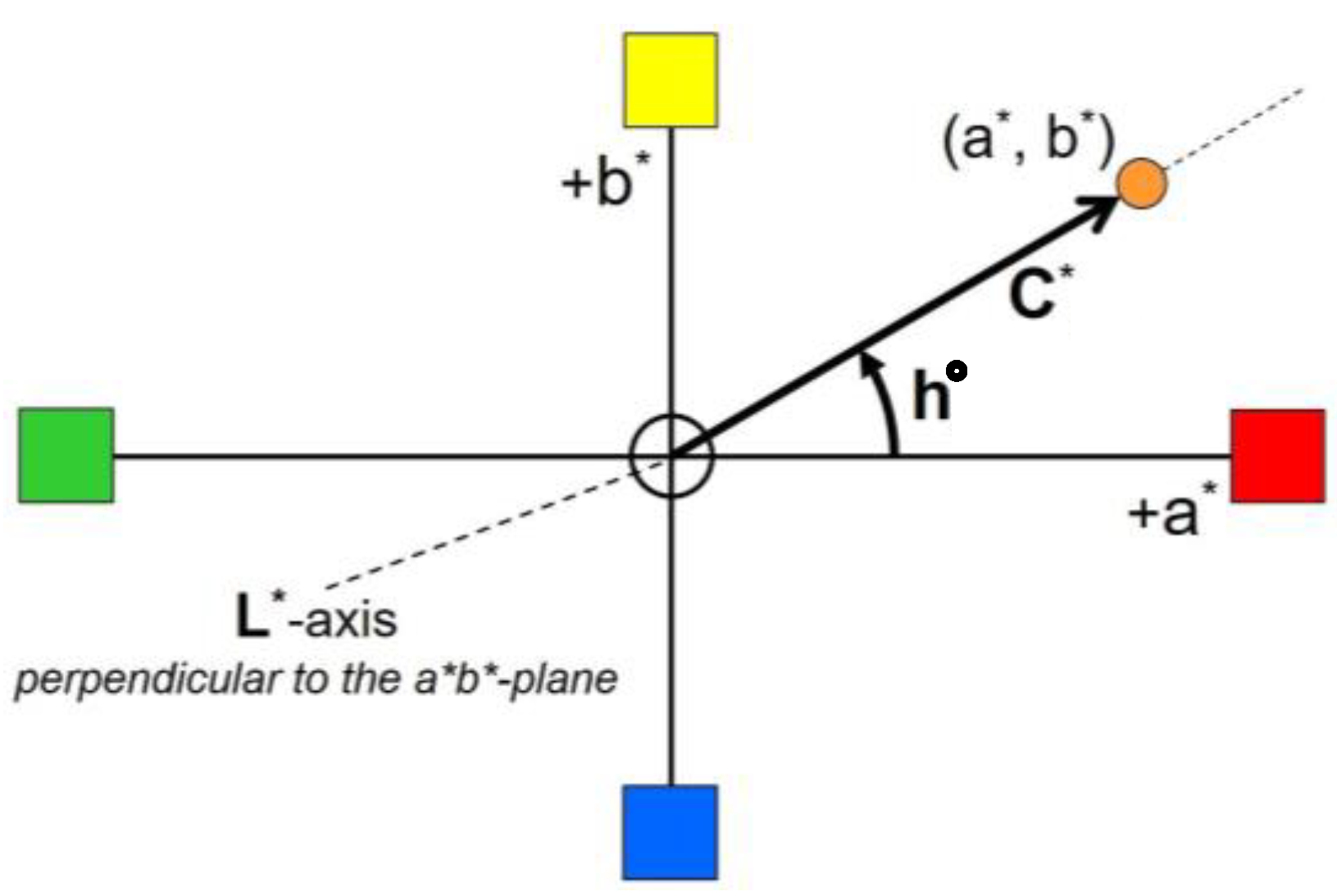
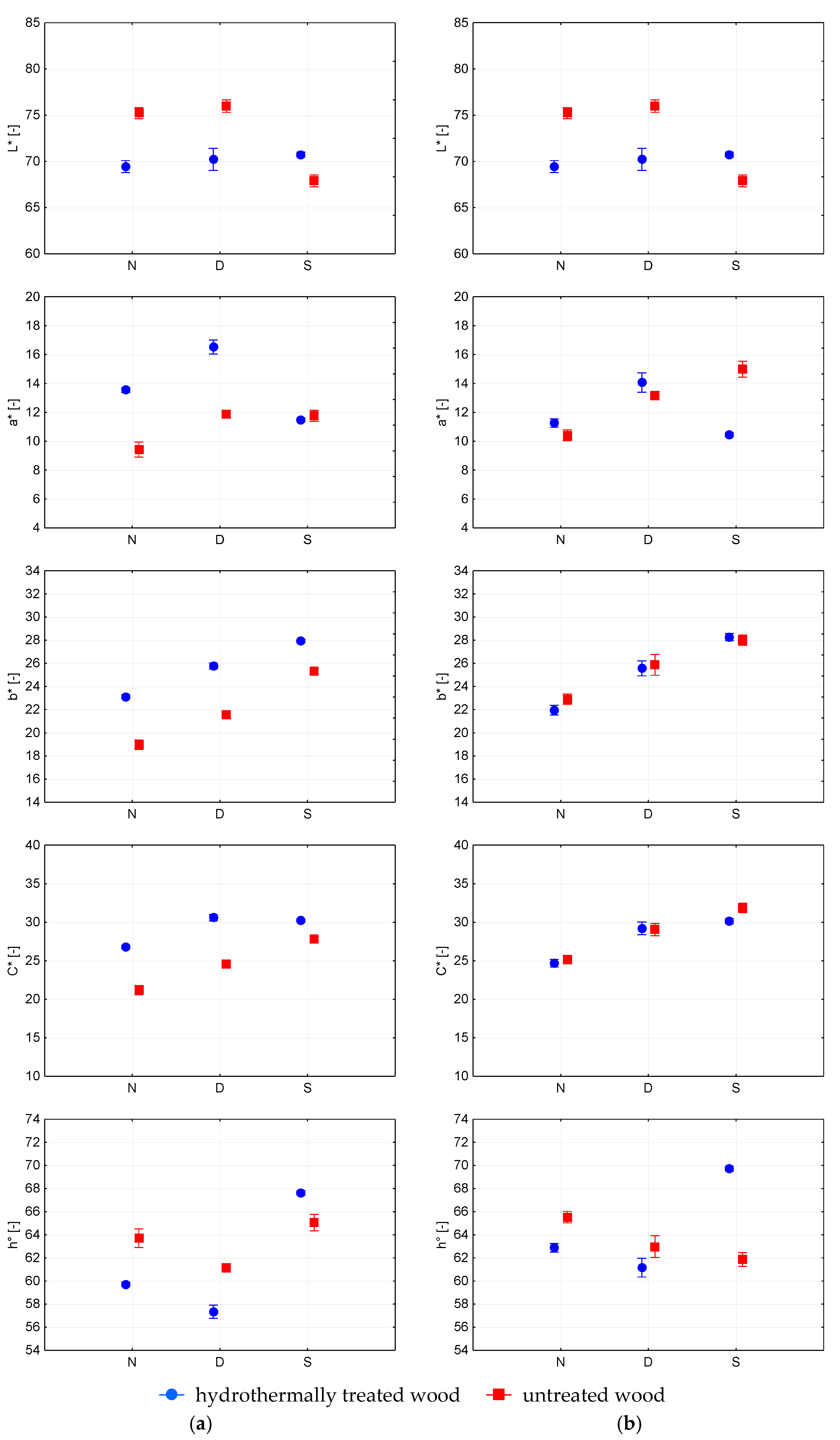

| Wood Species | Wood Treatment | Ageing Exposure |
|---|---|---|
|
|
|
| ||
| ||
|
| Radiation [kWh·m−2] | Temperature [°C] | |||
|---|---|---|---|---|
| Average | Standard Deviation | Average | Standard Deviation | |
| July | 5.215 | 1.383 | 19.6 | 2.4 |
| August | 4.496 | 1.081 | 20.5 | 1.6 |
| September | 3.237 | 1.204 | 15.5 | 2.8 |
| Description | |
|---|---|
| Not visible difference | |
| < 2 | Small difference |
| < 3 | Colour difference visible with high-quality screen |
| < 6 | Colour difference visible with medium-quality screen |
| < 12 | High colour difference |
| > 12 | Different colours |
| Colour Coordinates | Exposition | Wood Species | |||||||
|---|---|---|---|---|---|---|---|---|---|
| European Beech | Alder | Norway Maple | Paper Birch | ||||||
| Untreated | HTT | Untreated | HTT | Untreated | HTT | Untreated | HTT | ||
| L* | Dark | ◯ | – | ◯ | – | ◯◯◯ | ◯◯◯ | – | – |
| Light | ◯◯◯ | ◯◯◯ | ◯◯◯ | ◯◯ | ◯◯◯ | – | ◯◯◯ | ◯◯◯ | |
| a* | Dark | ◯◯◯ | ◯◯◯ | ◯◯◯ | ◯◯◯ | ◯◯◯ | ◯◯ | ◯◯◯ | ◯◯◯ |
| Light | ◯◯◯ | ◯◯◯ | ◯◯◯ | ◯◯◯ | ◯◯◯ | – | ◯◯◯ | ◯◯◯ | |
| b* | Dark | ◯◯◯ | ◯◯◯ | ◯◯◯ | ◯◯◯ | ◯◯◯ | ◯◯◯ | ◯◯◯ | – |
| Light | ◯◯◯ | ◯◯◯ | ◯◯◯ | ◯◯◯ | ◯◯◯ | ◯◯◯ | ◯◯◯ | ◯◯◯ | |
| C* | Dark | ◯◯◯ | ◯◯◯ | ◯◯◯ | ◯◯◯ | ◯◯◯ | ◯◯◯ | ◯◯◯ | ◯ |
| Light | ◯◯◯ | ◯◯◯ | ◯◯◯ | ◯◯◯ | ◯◯◯ | ◯◯◯ | ◯◯◯ | ◯◯ | |
| h° | Dark | ◯◯◯ | ◯◯◯ | ◯◯◯ | ◯◯ | ◯◯◯ | – | ◯◯◯ | ◯◯◯ |
| Light | ◯◯ | ◯◯ | ◯◯◯ | ◯◯◯ | ◯◯◯ | ◯◯◯ | ◯ | ◯◯◯ | |
| Exposition | European Beech | Alder | Norway Maple | Paper Birch |
|---|---|---|---|---|
| Before |  | 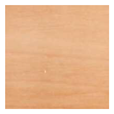 | 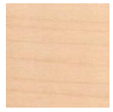 |  |
| Dark |  | 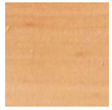 | 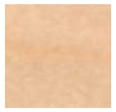 | 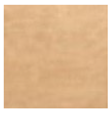 |
| = 2.7 | = 3.1 | = 3.4 | = 2.8 | |
| Light | 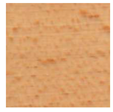 | 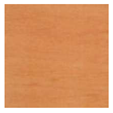 |  |  |
| = 7.7 | = 8.9 | = 12.6 | = 5.7 |
| Exposition | European Beech | Alder | Norway Maple | Paper Birch |
|---|---|---|---|---|
| Before | 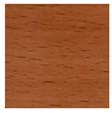 | 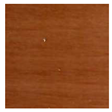 | 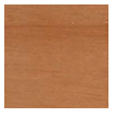 |  |
| Dark |  |  |  |  |
| = 2.7 | = 3.7 | = 4.1 | = 2.3 | |
| Light |  | 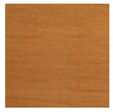 | 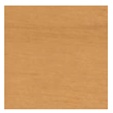 |  |
| = 5.4 | = 6.5 | = 5.6 | = 3.8 |
Disclaimer/Publisher’s Note: The statements, opinions and data contained in all publications are solely those of the individual author(s) and contributor(s) and not of MDPI and/or the editor(s). MDPI and/or the editor(s) disclaim responsibility for any injury to people or property resulting from any ideas, methods, instructions or products referred to in the content. |
© 2023 by the authors. Licensee MDPI, Basel, Switzerland. This article is an open access article distributed under the terms and conditions of the Creative Commons Attribution (CC BY) license (https://creativecommons.org/licenses/by/4.0/).
Share and Cite
Slabejová, G.; Vidholdová, Z.; Šmidriaková, M. Effect of Two Different Ageing Exposures on the Colour Stability of Transparent Polyurethane Finishing. Polymers 2023, 15, 3313. https://doi.org/10.3390/polym15153313
Slabejová G, Vidholdová Z, Šmidriaková M. Effect of Two Different Ageing Exposures on the Colour Stability of Transparent Polyurethane Finishing. Polymers. 2023; 15(15):3313. https://doi.org/10.3390/polym15153313
Chicago/Turabian StyleSlabejová, Gabriela, Zuzana Vidholdová, and Mária Šmidriaková. 2023. "Effect of Two Different Ageing Exposures on the Colour Stability of Transparent Polyurethane Finishing" Polymers 15, no. 15: 3313. https://doi.org/10.3390/polym15153313





